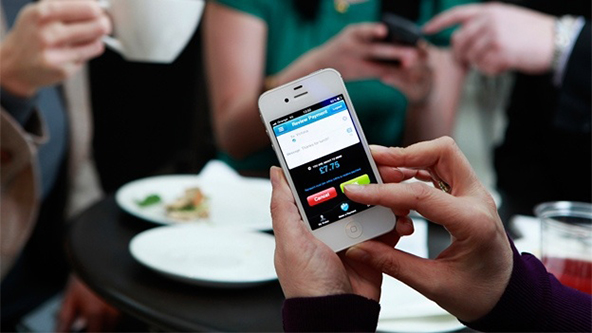Mobile Commerce Breaks Out in 2010, M-Site Number Now Exceeds 3M

The rate of growth of mobile web content over the past two years has outpaced the growth of the desktop internet over that same period by a huge margin, according to a study by DotMobi, a mobile internet services company.
In 2008 there were 150,000 mobile websites, according to DotMobi, a number that grew to approximately 3.01 million sites in 2010. That is a growth rate of more than 2,000 percent. By comparison, according to a Netcraft study, between 1996 and 1998, the number of desktop websites grew from 150,000 sites to a million sites, a growth rate of 1,333 percent.
The researchers found that 40.1 percent of the Alexa top 1,000 sites are mobile-friendly. According to another study, 62 percent of Fortune 50 companies have either a mobile website or application, with 43 percent of them allowing for transactions or other interactions with consumers. Additionally, 22 percent of Fortune 50 companies use QR codes, placing them on ads in magazines, on billboards, or at other locations where smart phone users can scan them.
The proliferation of mobile websites and the wider adoption of smart phones led to a huge growth of the mobile commerce. In all, m-commerce sales increased to $3.4 billion in 2010 from $1.4 billion in 2009, according to 360i.com.
Yet another report, by the Mobile Marketing Association Survey and Luth Research, showed that 17 percent of U.S. adult mobile phone owners used their phone to purchase apps, ringtones and other content, 6 percent received coupons or discounts from their phone, and 6 percent purchased physical goods or non-mobile content from their handsets.
Consumers already have multiple options to complete payments from their mobile phones, including:
- Credit cards. Many traditional credit card processors provide mobile-friendly “virtual terminals” to enable users to type into their smart phones the information needed to process a credit card transaction.
- Stored registration on a website or application. Payment processors like Amazon and PayPal allow users to access their accounts from mobile devices.
- Stored registration on a mobile device. Owners of iPhones and Android-based devices can make payments through iTunes and Google Checkout, respectively.
- Credit card applications. Isis, a new mobile commerce joint venture, involving AT&T, T-Mobile, Verizon, Discover and Barclays, allows users to make payments with their phones by waving them by a contactless reader, using near-field communication (NFC) technology. Visa’s In2Pay is also NFC-based, as are a number of other services.
- Direct billing. Start-ups like Boku and Zong allow users to make purchases and bill the payment amount directly to their mobile phone bill.
- Peer-to-peer payments. Bump Technologies enable users to make payments by tapping their phones together.
- Direct credit card acceptance. Start-ups like Square and others enable users to swipe credit cards through readers attached to their phones, much as they would at a convenience store.
In all, mobile payments are projected to reach $214 billion in 2015, according to the Aite Group, up from $16 billion in 2010, a compound annual growth rate of 68 percent. It is likely that by then m-sites will be as commonplace as desktop sites are today. However, as the above breakdown shows, we will have plenty of other mobile payment options.
Image credit: Barclays.co.uk.


